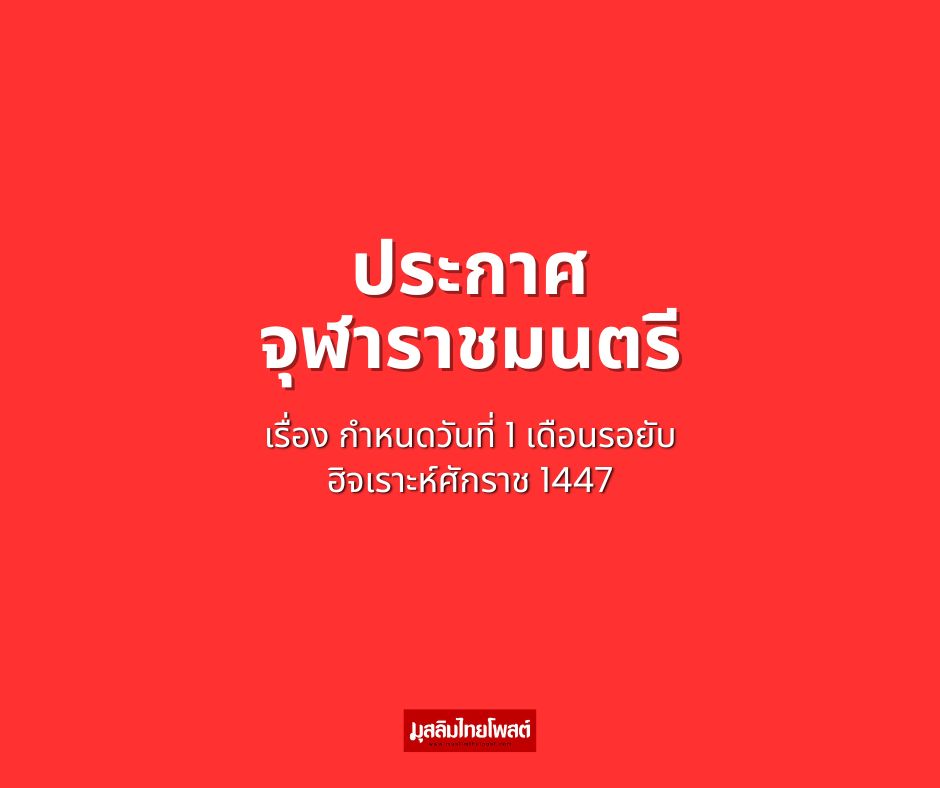บทคัดย่อ : การศึกษาค่าเฉลี่ยของแอสเบสตอสในบรรยากาศการทำงานประเภทอุตสาหกรรมที่เกี่ยวข้อง
การศึกษาเชิงเปรียบเทียบค่าเฉลี่ยของแอสเบสตอสในบรรยากาศการทำงาน ประเภทอุตสาหกรรมที่เกี่ยวข้อง เป็นส่วนขยายผลของโครงการศึกษาสภาพแวดล้อมการทำงานและสุขภาพลูกจ้างในอุตสาหกรรมที่เกี่ยวข้องกับแอสเบสตอส ซึ่งโครงการดังกล่าวได้ดำเนินการโดยสถาบันความปลอดภัยในการทำงานในปี 2542-2543 และการศึกษาเชิงเปรียบเทียบนี้ดำเนินการต่อเนื่องในปี 2544 ทั้งนี้ โดยมีวัตถุประสงค์เพื่อประเมินค่าเฉลี่ยระดับแอสเบสตอสในบรรยากาศการทำงาน เปรียบเทียบค่ามาตรฐานความปลอดภัย เปรียบเทียบผลระหว่างกระบวนการผลิต และเปรียบเทียบกับค่าประมาณการที่ได้จากการศึกษาวิจัยลักษณะเดียวกันนี้ในต่างประเทศ นอกจากนี้ ยังเพื่อเสนอแนะมาตรการควบคุมป้องกันที่เหมาะสม เพื่อการปรับปรุงสภาพแวดล้อมการทำงานให้เกิดความปลอดภัย และนำผลที่ได้ไปใช้เป็นแนวทางและการวางแผนงานอาชีวอนามัยและความปลอดภัย รวมถึงกิจกรรมต่าง ๆ ในอนาคต
เนื่องจากแอสเบสตอส จัดเป็นสารอันตราย โดยมีการศึกษาวิจัยยืนยันว่าสามารถก่อให้เกิดมะเร็งในมนุษย์ ดังนั้น แนวโน้มการใช้แอสเบสตอสจึงลดลงอย่างมาก และมีการยกเลิกการใช้ในหลายประเทศ สำหรับประเทศไทย การนำเข้า ครอบครอง และใช้ประโยชน์แอสเบสตอสในทางอุตสาหกรรมยังคงมีอยู่ อย่างไรก็ตาม กลุ่มเป้าหมายสถานประกอบการที่ทำการศึกษาในครั้งนี้มีอยู่อย่างจำกัด โดยดำเนินการในสถานประกอบการประเภทต่าง ๆ รวม 11 แห่ง ซึ่งมีการใช้แอสเบสตอสในสภาพที่ฟุ้งกระจายได้เป็นวัตถุดิบ ทั้งนี้ ได้มีการแบ่งกลุ่มประเภทที่ศึกษาเป็น 4 กลุ่มอุตสาหกรรม คือ 1) ผลิตผ้าเบรค 2) ผลิตคลัชท์ 3) ผลิตกระเบื้องมุงหลังคา และ 4) ผลิตท่อซีเมนต์และวัสดุซีเมนต์อื่น ๆ โดยมีจำนวนการเก็บตัวอย่างสิ่งแวดล้อมการทำงานทั้งสิ้น 107 ตัวอย่าง
ผลจากการศึกษา พบว่าระดับความเข้มข้นของแอสเบสตอสในบรรยากาศการทำงาน ที่ตรวจวัดทั้งหมด มีค่าตั้งแต่ 0.01 ถึง 43.31 เส้นใย/ลบ.ซม. (ค่าเฉลี่ย 5.45 เส้นใย/ลบ.ซม.) เมื่อประเมินผลโดยการเทียบค่ามาตรฐานความปลอดภัยตามกฎหมายแรงงานของไทย (5 เส้นใย/ลบ.ซม.) พบว่า 39 ตัวอย่าง (ร้อยละ 36.45) มีค่าเกินเกณฑ์มาตรฐาน อย่างไรก็ตาม เมื่อประเมินโดยใช้ค่ามาตรฐานสากล ได้แก่ ACGIH TLV และ NIOSH REL (0.1 เส้นใย/ลบ.ซม.) พบว่ามีจำนวนถึง 103 ตัวอย่าง (ร้อยละ 96.26) ที่มีผลเกินค่ามาตรฐานดังกล่าว เมื่อพิจารณาโดยจำแนกตามกลุ่มอุตสาหกรรม พบว่าค่าเฉลี่ยของแอสเบสตอสในอุตสาหกรรมผ้าเบรค คลัชท์ และผลิตภัณฑ์ซีเมนต์ มีค่าเท่ากับ 6.93, 1.45 และ 0.81 เส้นใย/ลบ.ซม. ตามลำดับ ลักษณะงานที่พบปัญหาการฟุ้งกระจายของเส้นใยแอสเบสตอสค่อนข้างมากคือ ขั้นตอนการผสมวัตถุดิบ โดยเฉพาะอย่างยิ่งในอุตสาหกรรมผ้าเบรค นอกจากนี้ ผลจากการศึกษาเปรียบเทียบค่าเฉลี่ยตามประเภทกิจการ กับค่าประมาณการจากผลการศึกษาลักษณะเดียวกันในต่างประเทศ พบว่าค่าที่ได้จากการศึกษาในครั้งนี้ ส่วนใหญ่มีค่าต่ำกว่าหรือใกล้เคียงค่าประมาณการที่อ้างอิงถึงดังกล่าว
--------------------
A comparative study of airborne asbestos mean concentrations among selected industries is an extensive portion of the project on health hazards evaluation in asbestos-related industries in Thailand. The original project was implemented by the National Institute for the Improvement of Working Conditions and Environment (NICE) in 1999 through 2000 and the analytical study of outputs was continued in 2001. For this study, the overall objective is to determine average asbestos concentration levels in various processes comparing to the standards as well as to identify existing Occupational Safety and Health (OSH) issues which were problematic in such industries. Appropriate preventive and control measures were also formulated for their working environment improvement. The outcomes from this study will be used as guideline for further OSH plan and activities.
Since asbestos is classified as a confirmed human carcinogen, the use of this hazardous substance has tended to decrease. In Thailand, the import and possession of asbestos for industrial purpose is now strictly in control. The target workplaces for this study, therefore, became rare. The survey and environment assessment were conducted in 11 industries of various processes. The processes were categorized into 4 groups, which are; brake pad, clutch, roof-tile, cement duct and other products. All involved in the use of asbestos in friable form. The measurement samples were 107, totally.
The results from this study revealed that, in overall, the airborne asbestos concentrations ranged from 0.01 to 43.31 fibers/cc. (average of 5.45 fibers/cc.). Of these 107 measurements, 39 samples (36.45 %) exceeded the TLV (5 fibers/cc.) issued by the Thai government. According to ACGIH TLV and NIOSH recommended PEL (0.1 fiber/cc.), however, as many as 103 samples (96.26 %) exceeded such standards. The mean concentrations of asbestos in brake industries, clutch industries, and cement products industries, were 6.93, 1.45, and 0.81 fiber/cc., respectively. In this study, the comparative results of asbestos concentration measurement are described by work process. Among the highest concentrations, most of them were taken from asbestos-mixing process, especially in brake industries. Meanwhile, the compare with estimated concentration levels from similar studies in other countries yielded that the values from this study are well below those estimations. The possible affecting factors are also discussed.



